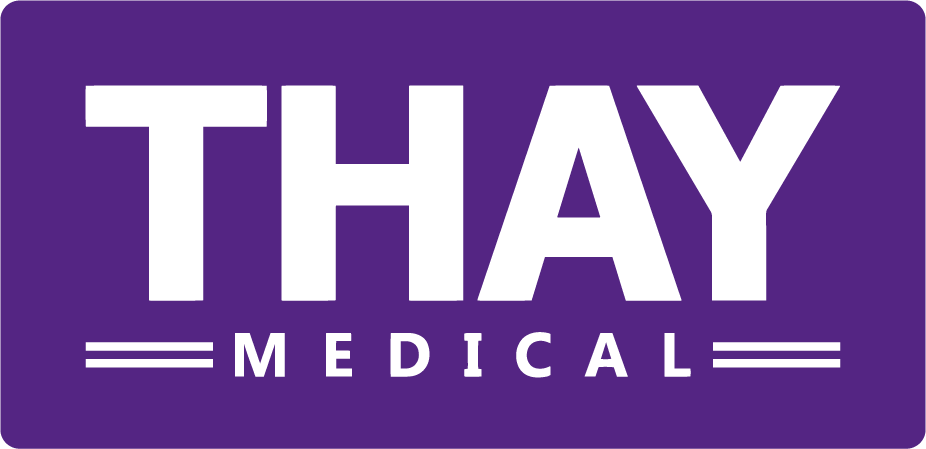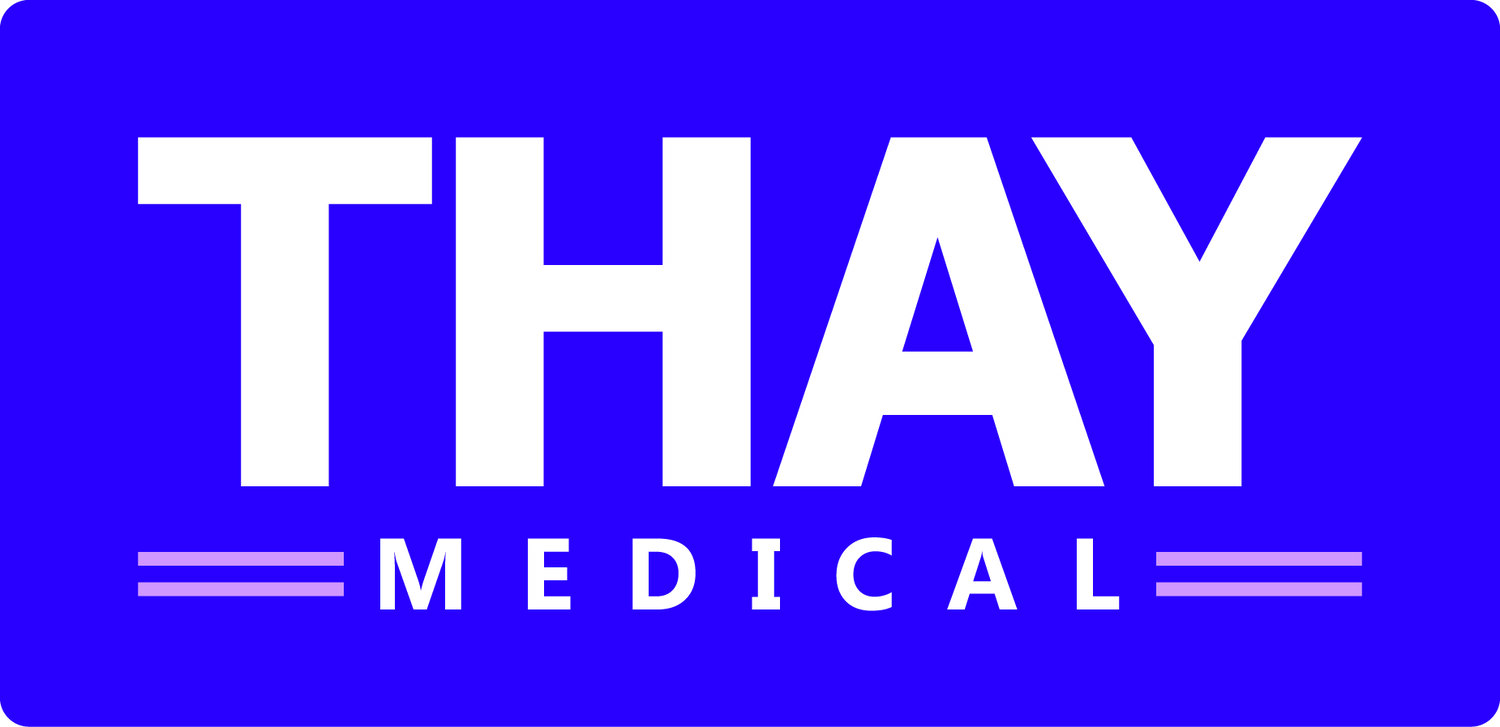Emojis in Medical Devices
![]() Technology is everywhere we look today; and with it are recognisable graphics, branding, logos and emoji’s. Anyone with a smartphone, tablet or computer will be familiar with the emoji. Emojis are ideograms, that show facial expressions, symbols and a number of other characteristics. The original meaning of the word emoji comes from the Japanese language.For Apple users, every new software update brings the anticipation of new and exciting emojis. An update of a new emoji is always big news. In addition to smartphones and computers, the emoji can be seen on all social media sites, including Facebook, Twitter and Instagram. Emojis have become so popular that in the summer of 2017 they had their own movie, making the emoji a global franchise in their own right.With the popularity of emojis, we wonder whether they be used within the medical device world? Do they have a place to allow users (patients, carers or healthcare professionals) to learn and understand medical devices better? Can they be used in their current recognisable form to feedback information to users?Medical devices users range in ages and abilities from the very young to the old. Yet visual language, or simple pictures and symbols can easily be understood by most ages. A child may not know how to read but they may understand an emoji. With this logic, emojis could easily be introduced into medical devices, training and instructions.Currently there are 12 medical related emojis; these are listed below:😷 Face with Medical Mask⚕ Medical Symbol🚁 Helicopter🏥 Hospital🚑 Ambulance🔓 Unlocked💊 Pill🛑 Stop Sign✋ Raised Hand👨⚕️ Male Health Worker👩⚕️ Female Health Worker💉 SyringeIn addition to the above emojis, there are numerous face emojis, which can show a range of emotions. It wouldn’t be too difficult to create new emojis specific to medical devices. Such emojis could include dose levels and emergency symbols. In time, they would need eventual recognition in regulations though, as symbols are currently specified (see ISO 15223).Users, especially patients would benefit from a universal approach to taking these symbols and creating emojis that may replace them, with hopefully a higher level of comprehension. In addition, feedback and user response that needs to be multi-language could be replaced by an emoji – which could be global in its use. Of course, the use of emojis needs to be tested in usability and human factors studies, alongside symbology, instructional and training materials. This applies to the future of usability testing, and as such it is important to get it right.
Technology is everywhere we look today; and with it are recognisable graphics, branding, logos and emoji’s. Anyone with a smartphone, tablet or computer will be familiar with the emoji. Emojis are ideograms, that show facial expressions, symbols and a number of other characteristics. The original meaning of the word emoji comes from the Japanese language.For Apple users, every new software update brings the anticipation of new and exciting emojis. An update of a new emoji is always big news. In addition to smartphones and computers, the emoji can be seen on all social media sites, including Facebook, Twitter and Instagram. Emojis have become so popular that in the summer of 2017 they had their own movie, making the emoji a global franchise in their own right.With the popularity of emojis, we wonder whether they be used within the medical device world? Do they have a place to allow users (patients, carers or healthcare professionals) to learn and understand medical devices better? Can they be used in their current recognisable form to feedback information to users?Medical devices users range in ages and abilities from the very young to the old. Yet visual language, or simple pictures and symbols can easily be understood by most ages. A child may not know how to read but they may understand an emoji. With this logic, emojis could easily be introduced into medical devices, training and instructions.Currently there are 12 medical related emojis; these are listed below:😷 Face with Medical Mask⚕ Medical Symbol🚁 Helicopter🏥 Hospital🚑 Ambulance🔓 Unlocked💊 Pill🛑 Stop Sign✋ Raised Hand👨⚕️ Male Health Worker👩⚕️ Female Health Worker💉 SyringeIn addition to the above emojis, there are numerous face emojis, which can show a range of emotions. It wouldn’t be too difficult to create new emojis specific to medical devices. Such emojis could include dose levels and emergency symbols. In time, they would need eventual recognition in regulations though, as symbols are currently specified (see ISO 15223).Users, especially patients would benefit from a universal approach to taking these symbols and creating emojis that may replace them, with hopefully a higher level of comprehension. In addition, feedback and user response that needs to be multi-language could be replaced by an emoji – which could be global in its use. Of course, the use of emojis needs to be tested in usability and human factors studies, alongside symbology, instructional and training materials. This applies to the future of usability testing, and as such it is important to get it right.
Want to know more?
For any questions on this blog post, please do not hesitate to contact us.The Staff at THAY Medical

